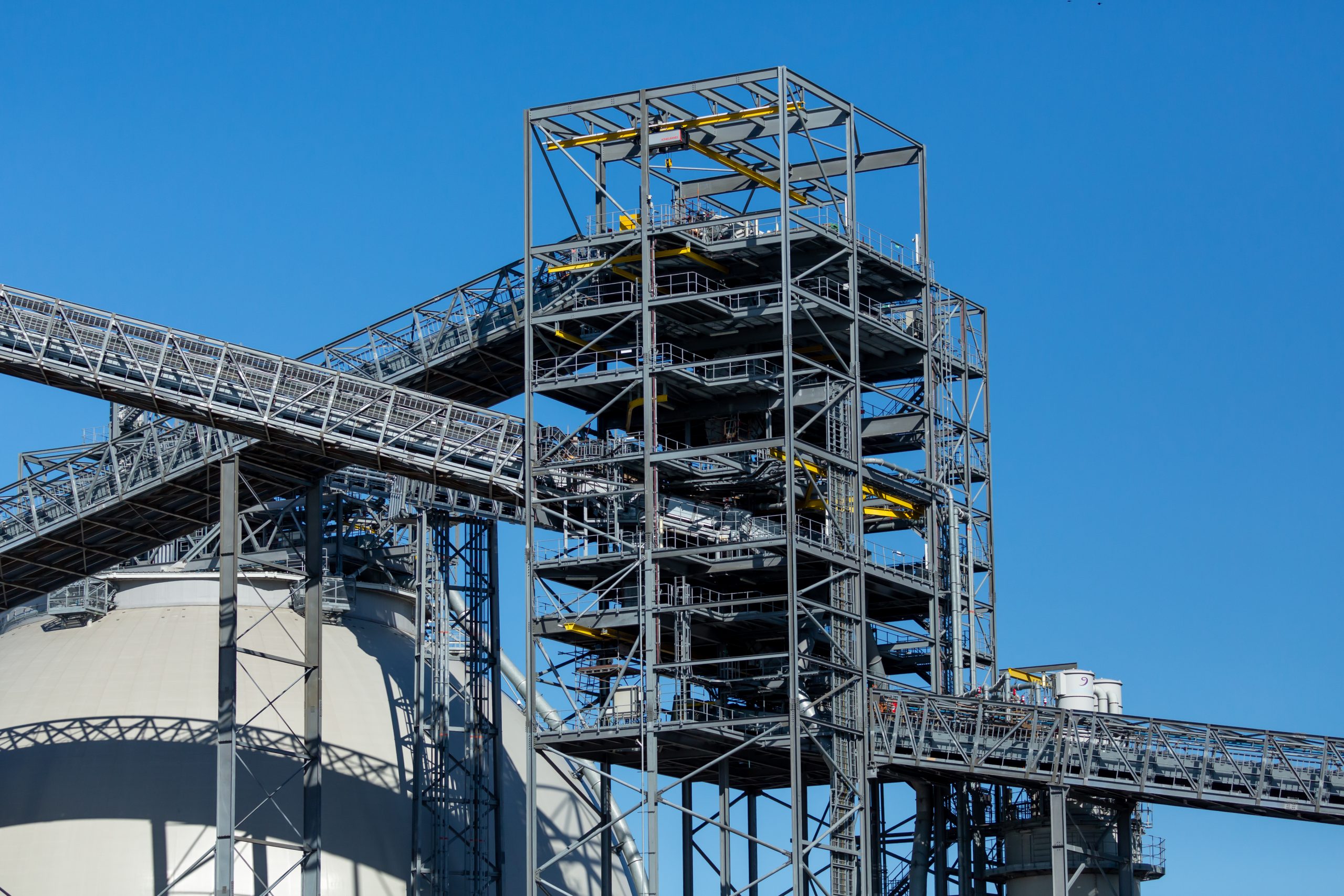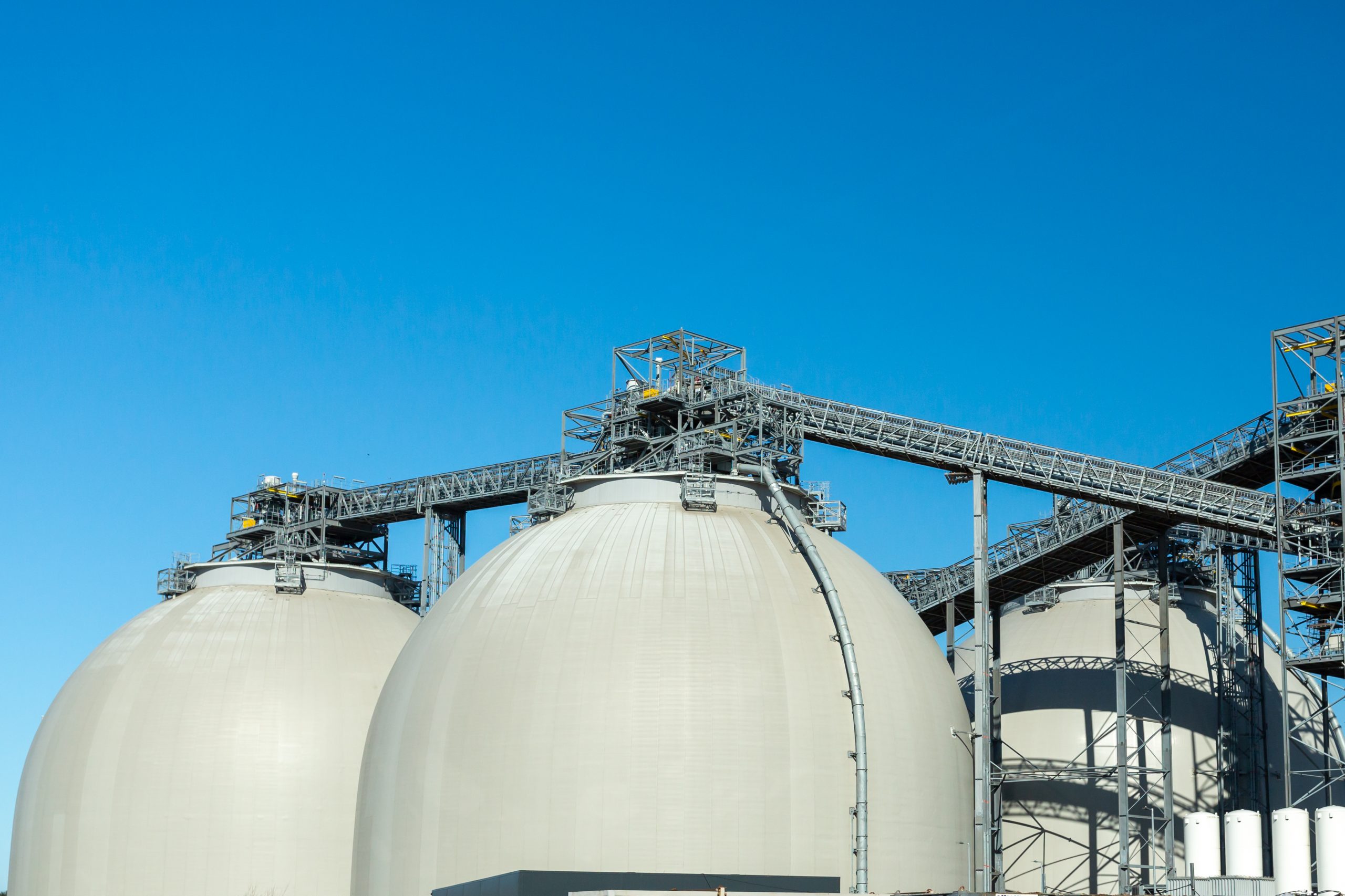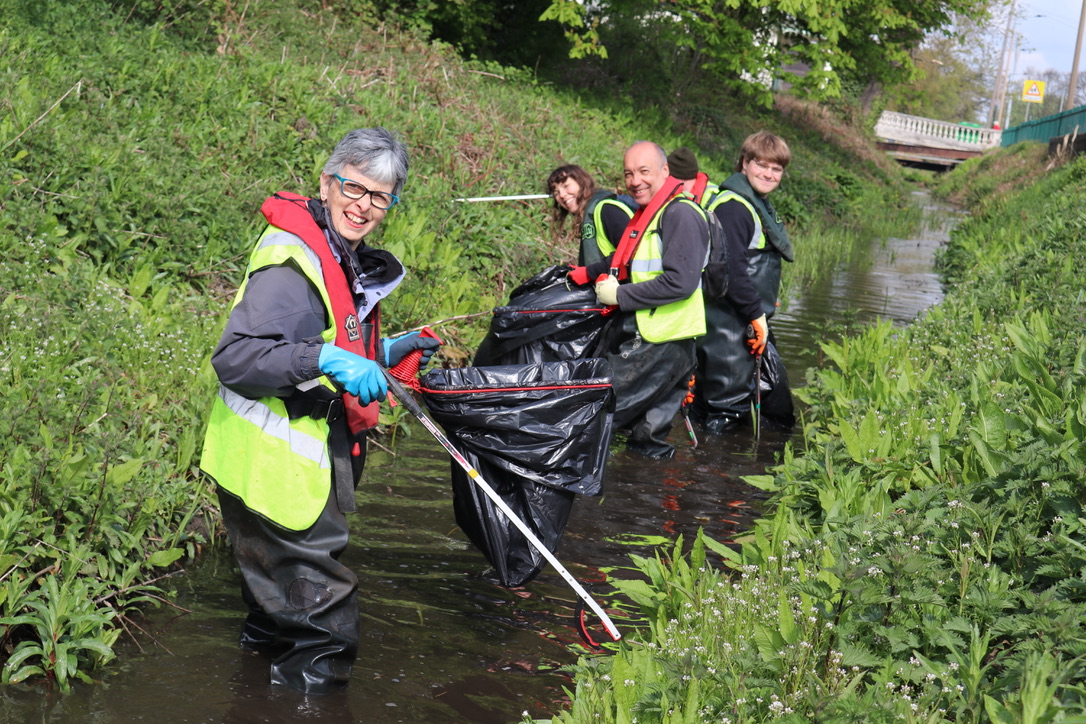
18 pupils from the primary one class spent time in the exhibition and kids’ zone before travelling by bus 1km underground to the viewing gallery that looks out onto the huge machine hall which houses the four turbines.
Cruachan is an underground pumped hydro storage power station built in a hollowed-out cavern 1km inside Ben Cruachan – Argyll and Bute’s highest mountain. Constructed in 1965, its reversible turbines are still at the cutting edge of energy storage technology, enabling the plant to act like a giant water battery.
Its turbines pump water from Loch Awe to an upper reservoir on the mountainside to store excess power from the grid. The stored water is then released back through the turbines to generate power quickly and reliably when demand increases. This process helps stop wind farms being paid to turn off when they are generating excess power, helping Scotland to be greener whilst cutting household energy bills.

Pupils and teacher from Dunbeg Primary School at the Cruachan Visitor Centre
Sarah Cameron, Drax’s Scotland Community Manager, said:
“We work closely with schools to inspire the next generation to study STEM subjects and these visits can make such an impact on children’s understanding of what a career in STEM can be. Often a visit to Cruachan as a child can be a lifelong memory for some people. During this particular visit, 6-year-old Archie told me he will be back because he is going to work here when he’s older which is brilliant to hear.”
When all four of its generating units are operating at maximum capacity, the plant can supply enough flexible, renewable power for around 800,000 homes.
Dunbeg Primary School children were the latest of over 200 young visitors that Cruachan has welcomed so far this year as part of Drax Group’s initiatives to encourage young people to study STEM (Science, Technology, Engineering and Maths) subjects, boosting skills across the region.
Tours at Cruachan are free to all primary and secondary schools and can be tailored to suit the area of the curriculum teachers are interested in.
Schools interested in organising a tour, should go to [email protected].
Photo caption: The primary one class enjoying the outdoor play area
ENDS
Media contacts:
Megan Hopgood
Communications Officer
E: [email protected]
T: 07936 350 175
Editor’s Notes
Drax runs a number of other initiatives to support STEM education and skills in Scotland, including:
- Work experience placements
- STEM workshops in schools
- Free virtual tours
- Grant funding for STEM education and skills development through the Drax Foundation
Pumped storage hydro plants act like giant water batteries, using reversible turbines to pump water from a lower reservoir to an upper reservoir which stores excess power from wind farms and other low carbon technologies when supply outstrips demand. These same turbines are then reversed to bring the stored water back through the plant to generate power when it is needed.
In May 2022, Drax submitted the planning application to build a new underground pumped hydro storage power station at Cruachan which will more than double the site’s electricity generating capacity.
The new 600-megawatt (MW) power station will be located inside Ben Cruachan – Argyll’s highest mountain – and increase the site’s total capacity to 1 gigawatt (GW).
In order to deploy this critical technology, Drax must secure consent from the Scottish Government alongside an updated policy and market support mechanism from the UK Government.
The existing lack of an appropriate framework for new long-duration, large-scale electricity storage technologies means that private investment cannot currently be secured in new pumped storage hydro projects, with no new plants built anywhere in the UK since 1984 despite their critical role in security of supply and decarbonisation.
About Drax
Drax Group’s purpose is to enable a zero carbon, lower cost energy future and in 2019 announced a world-leading ambition to be carbon negative by 2030, using bioenergy with carbon capture and storage (BECCS) technology.
Drax’s around 3,000 employees operate across three principal areas of activity – electricity generation, electricity sales to business customers and compressed wood pellet production and supply to third parties. For more information visit www.drax.com
Power generation:
Drax owns and operates a portfolio of renewable electricity generation assets in England and Scotland. The assets include the UK’s largest power station, based at Selby, North Yorkshire, which supplies five percent of the country’s electricity needs.
Having converted Drax Power Station to use sustainable biomass instead of coal it has become the UK’s biggest renewable power generator and the largest decarbonisation project in Europe. It is also where Drax is piloting the groundbreaking negative emissions technology BECCS within its CCUS (Carbon Capture Utilisation and Storage) Incubation Area.
Its pumped storage, hydro and energy from waste assets in Scotland include Cruachan Power Station – a flexible pumped storage facility within the hollowed-out mountain Ben Cruachan.
The Group also aims to build on its BECCS innovation at Drax Power Station with a target to deliver 4 million tonnes of negative CO2 emissions each year from new-build BECCS outside of the UK by 2030 and is currently developing models for North American and European markets.
Pellet production and supply:
The Group has 19 operational pellet plants and developments with nameplate production capacity of around 5 million tonnes a year.
Drax is targeting 8 million tonnes of production capacity by 2030, which will require the development of over 3 million tonnes of new biomass pellet production capacity. The pellets are produced using materials sourced from sustainably managed working forests and are supplied to third party customers in Europe and Asia for the generation of renewable power.
Drax’s pellet plants supply biomass used at its own power station in North Yorkshire, England to generate flexible, renewable power for the UK’s homes and businesses, and also to customers in Europe and Asia.
Customers:
Drax supplies renewable electricity to UK businesses, offering a range of energy-related services including energy optimisation, as well as electric vehicle strategy and management.
To find out more go to the website energy.drax.com
Drax Foundation:
The Drax Foundation was established in 2023 to provide grant funding for nonprofit organizations in the countries and regions where Drax operates. The Drax Foundation supports STEM education and skills development, and enhancing community green spaces. We prioritize funding for programs that benefit underserved communities and advance gender equality. www.drax.com/community















 Jess Peacock, DE&I Senior Manager at Drax said: “All colleagues deserve to feel safe, valued and included at work and our commitment to an inclusive environment at Drax is integral to our values.
Jess Peacock, DE&I Senior Manager at Drax said: “All colleagues deserve to feel safe, valued and included at work and our commitment to an inclusive environment at Drax is integral to our values.

